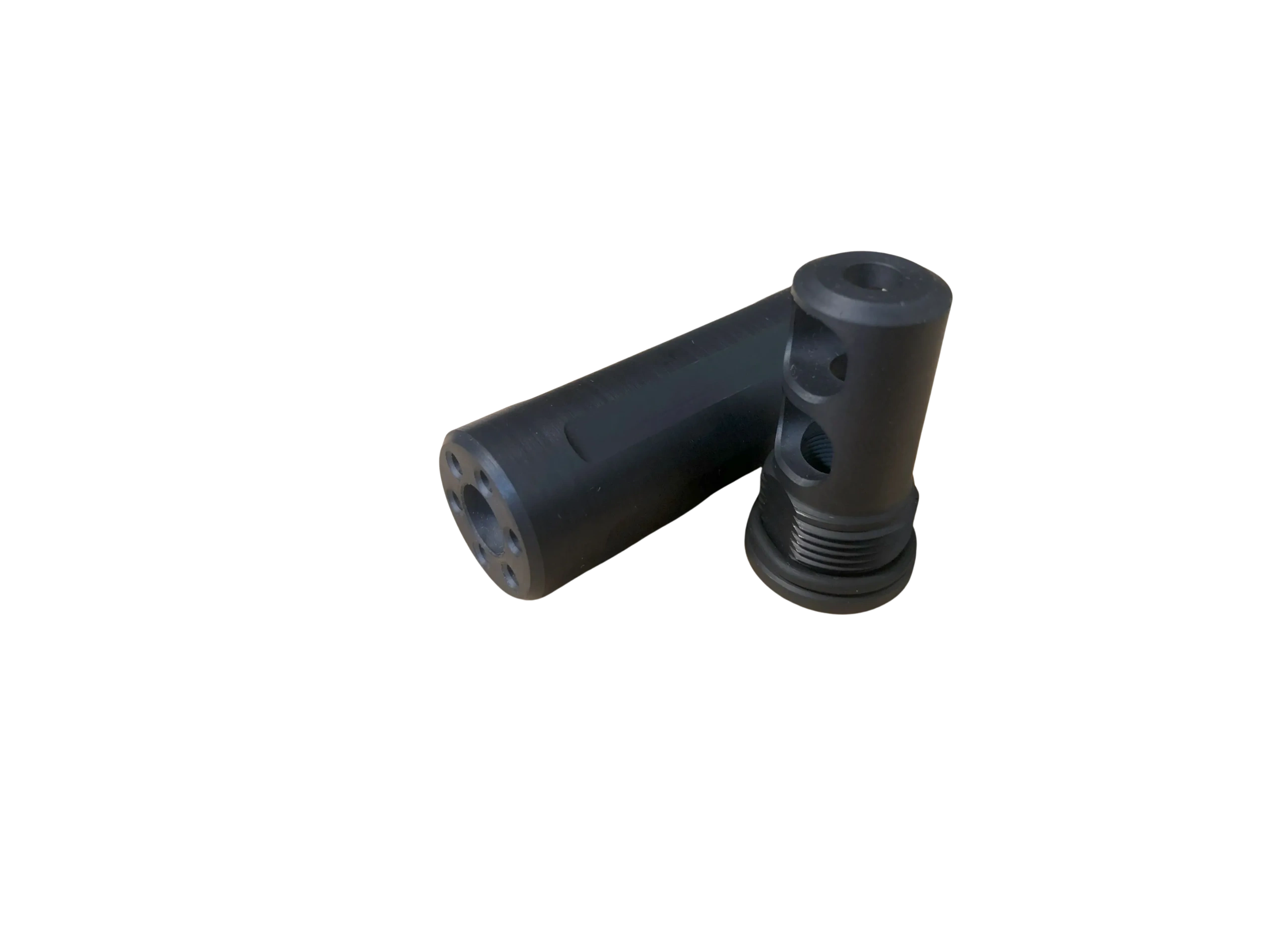EastHumboldt
WKR
- Joined
- Nov 14, 2020
- Messages
- 1,706
I thought about that after I posted. It’s so easy to run my mouth on the internet. I’ll retract the part about shooting a heavier caliber.Respectfully, I don’t think that is going to work. You don’t start out a new shooter by putting them behind a lightweight 300 mag and expect them to succeed. You start with something where you can focus on fundamentals without it eating your lunch.
But the recoil of a .308 doesn’t actually hurt, it’s just alarming. ( Unless you’re a small person or something wrong with your shoulder) So if the OP insists on shooting that caliber, he must learn to accept and enjoy the recoil. Repetition. Lighter projectiles is the only way to actually reduce recoil given that he’s going to keep that .308.
All that being said… I was also an adult onset Hunter and shot a 30-06 as my first rifle from 1987 through 2022. I had a bit of a flinch but it disappeared on live game, and would come back at the range. Five years ago I got a Tikka T3 Superlite in 30-06 which I shoot with 165 gr hand loads. I added a limbsaver and vertical grip. The tikka 30-06 has a better trigger than my old R700 and a better butt pad, maybe slightly better ergonomics. Anyway I shoot it much better than the older gun.
Last year I popped for a T3 in 7mm-08. I shoot it better than the. 30-06 and it’s more fun to shoot. So I’m in total agreement that a lighter recoiling caliber is the easy button to better shooting.


